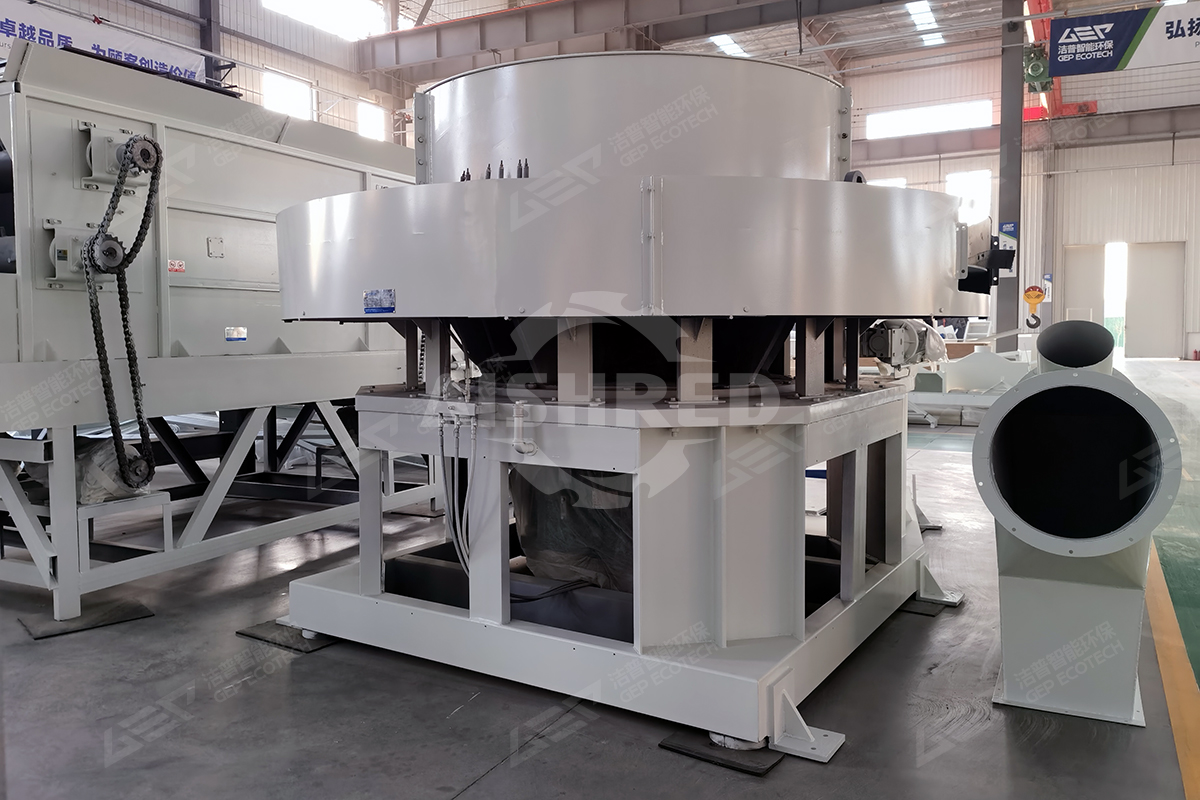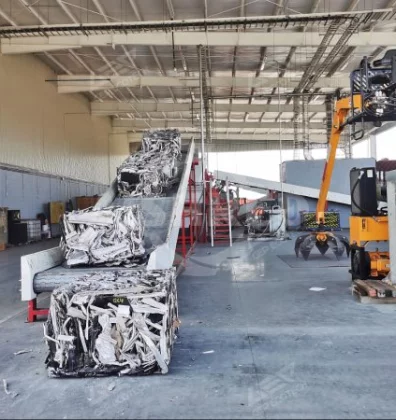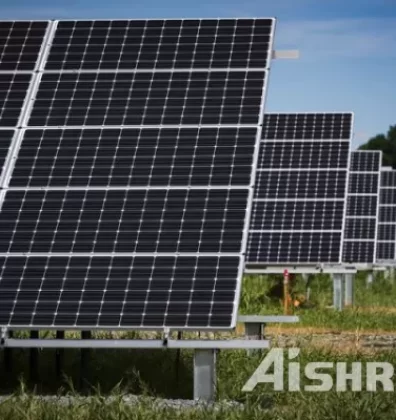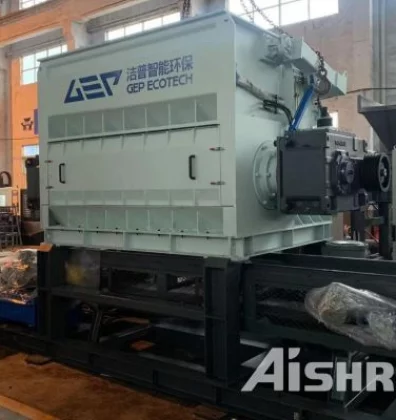Palm empty fruit bunch (EFB) are exceptionally large and oily, composed mainly of cellulose, hemicellulose, and lignin. Rich in carbon, hydrogen, nitrogen, sulfur, and oxygen, they also contain an incredibly high moisture content—approximately 65%. These complex physical characteristics make palm EFB highly valuable yet notoriously difficult to utilize efficiently.
Traditionally, the utilization of EFB has been extremely limited and typically includes the following outdated methods:
- Incineration: The ash is often reused as fertilizer on plantations. However, large-scale burning is now strictly prohibited due to environmental concerns.
- Field Mulching: Returning EFB to the field as organic cover helps reduce greenhouse gas emissions and improves carbon sequestration in the soil, thereby reducing the need for synthetic fertilizers.
- Boiler Fuel: EFBs are occasionally burned in low-efficiency boilers.
Due to these constraints, an enormous amount of valuable palm biomass is tragically wasted. Fortunately, with the advent of cutting-edge conversion technologies, palm EFB can now be effectively transformed into biomass pellets for use in co-firing systems and biomass boilers to produce clean steam and electricity.
Why Turn Palm EFBs into Pellets?
Why not just feed raw palm biomass directly into boilers or power plants? The answer lies in these key advantages:
- Once processed into pellets, the energy content of palm biomass increases significantly and meaningfully.
- Palm biomass pellets boast a high calorific value, ranging from 4,200 to 4,900 kcal/kg, making them a powerful and eco-friendly alternative to traditional coal.
- These pellets are renewable, sustainable, and can be mass-produced with minimal environmental impact.
- Palm pellets are dense, clean, and easy to store and transport. Additionally, they emit significantly less smoke during combustion.
GEP ECOTECH's Advanced Process Flow
GEP ECOTECH's innovative production line is designed for efficient and scalable biomass pellet production:
- Drying: The shredded and dewatered EFB fibers are transported via conveyor to the dryer. The moisture content is reduced to below 20%, adjustable depending on the specific characteristics of the raw material.
- Shredding: After drying, materials are sent into a crusher to be finely ground to sizes below 10mm—again, adaptable to project needs.
- Pelletizing: The shredded materials are moved into a temporary storage unit, then fed into the pellet mill via a screw conveyor. Inside the mill, materials are compressed into pellets (size customizable to market requirements).
- Cooling & Packaging: The freshly formed biomass pellets are cooled, then packaged for sale—greatly enhancing the project's economic value.

GEP ECOTECH RDF Pellet Mill Advantages
GEP ECOTECH's RDF Pellet Mill is specially designed to convert agricultural and forestry residues—such as straw, wood chips, sawdust, and palm fiber—into dense, high-calorific biomass pellets. With its energy-efficient operation and robust design, it helps reduce carbon emissions and promotes circular resource utilization, making it an ideal choice for sustainable fuel production. The machine has the following features:
- High Throughput: With numerous mold die apertures, the machine handles large volumes with remarkable efficiency. Simple structure means easy maintenance and low downtime.
- Excellent Forming Performance: Dynamic heating and high-pressure molding ensure strong, stable pellet formation.
- Adjustable Gap System: The radial clearance between the roller and mold is conveniently adjustable, ensuring optimal compaction.
- Broad Material Compatibility: The system is remarkably adaptable, capable of processing materials from fine powders to fibrous lengths of up to 50mm.
GEP ECOTECH is one of the leading manufacturers and exporters of solid waste recycling equipment in China, who can provide you with tailored solutions and competitive quotations for the equipment as required. If you have any inquiries, please feel free to contact us.




